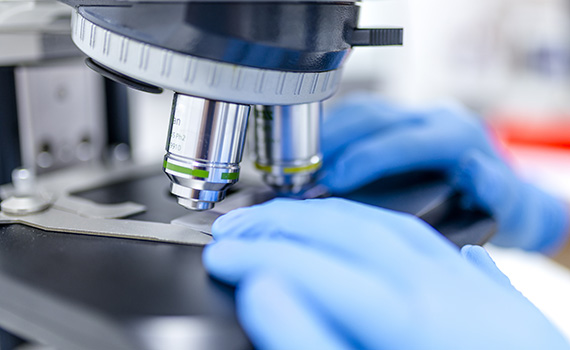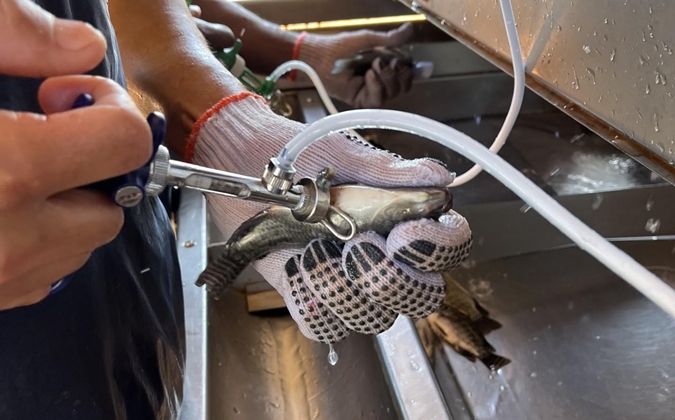
Advanced diagnostic approaches for fish disease are welcome, but sometimes simpler is better
With technologies for molecular diagnosis of fish disease increasingly available, sometimes simpler approaches that have great diagnostic power are being ignored.
That’s the view of Ha Thanh Dong, PhD, Asian Institute of Technology, who says that the shift away from basic diagnostic techniques, such as microscope examination, toward molecular approaches, is in some cases leading to misapplication and misdiagnosis.
Most emerging fish diseases, such as syncytial hepatitis of tilapia and scale drop syndrome in Asian sea bass, were first discovered using the classical approach of examining tissues under a microscope, he told an audience at a Food and Agriculture Organization of the United Nations (FAO) event on tilapia health.
Three steps to accuracy
Accurate diagnosis of a disease can rarely be achieved with a single test, he stressed, while a three-level approach, developed by FAO and published in 2001, remains the benchmark for a “back-to-basics” approach to diagnostics.
The first level is presumptive diagnosis from observing fish and looking at gross clinical signs. Second would come microscope work, whether histopathology, bacteriology, mycology or parasitology, with the last stage consisting of molecular assays and electron microscopy. Each level builds on the next for maximum diagnostic accuracy, he said.
Big role for new technologies — but not alone
Polymerase chain reaction tests, CRISPR, lateral flow immunoassays (LFIAs) and next-generation sequencing (NGS) are some of the molecular diagnostic technologies currently available, he continued, although some, such as LFIAs and detection of disease using CRISPR, remain in the pipeline for use with tilapia samples.
Whole-genome sequencing, a part of NGS, can be of benefit to the tilapia industry and beyond, he said, as it supports species identification and the identification of virulence factors and antibiotic resistance, and can ultimately aid the development of vaccines. NGS has been used to identify the genome sequence of tilapia lake virus and the discovery of a novel parvovirus affecting the species, he noted.
Looking to the future, the tilapia industry can expect the use of artificial intelligence and machine learning to become mainstream, he said, as well as high-throughput diagnostic systems to test hundreds of samples simultaneously and the use of environmental DNA/RNA, which offers early detection of pathogens in water.
The future of tilapia aquaculture must center on sustainable health management and biosecurity, he concluded, but the proliferation of novel diagnostic methods, in the absence of other diagnostic information, can result in mistakes. A mix of fundamental and advanced approaches will help to maximize the value of data collected, he added.
Posted on: January 28, 2022






